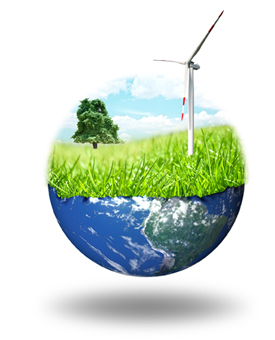
On this step of the Plastic Journey from trash to treasure, we have successfully recycled our plastic catch into granulate. This material will be used to make the first product from verified ocean plastic. There’s still an opportunity to get early access to this product: https://bit.ly/2Z7a8wC One of the common questions we receive is: why do we transport and process the plastic in the Netherlands? The answer is that, despite our best efforts, we were unable to find a suitable recycling partner for the material’s unique properties in North America. Processing in Europe also allows us to work with our recycling partner to gather data that can help us recycle closer to the source point once we scale up. While we are currently looking to offset our activities where we can, the current catch was transported through established land and sea routes in order to have the least additional environmental impact as possible. As we scale, we are looking to improve this in the future. -- Trash accumulates in five ocean garbage patches, the largest one being the Great Pacific Garbage Patch, located between Hawaii and California. If left to circulate, the plastic will impact our ecosystems, health, and economies. Solving it requires a combination of closing the source, and cleaning up what has already accumulated in the ocean. The ocean is big. Cleaning up the Great Pacific Garbage Patch using conventional methods – vessels and nets – would take thousands of years and tens of billions of dollars to complete. Our passive systems are estimated to remove 50% of the Great Pacific Garbage patch in just five years, and at a fraction of the cost.
https://youtu.be/u7VwB1QiVbI






 Sat Mar 23, 2024 11:33 pm by globalturbo
Sat Mar 23, 2024 11:33 pm by globalturbo

